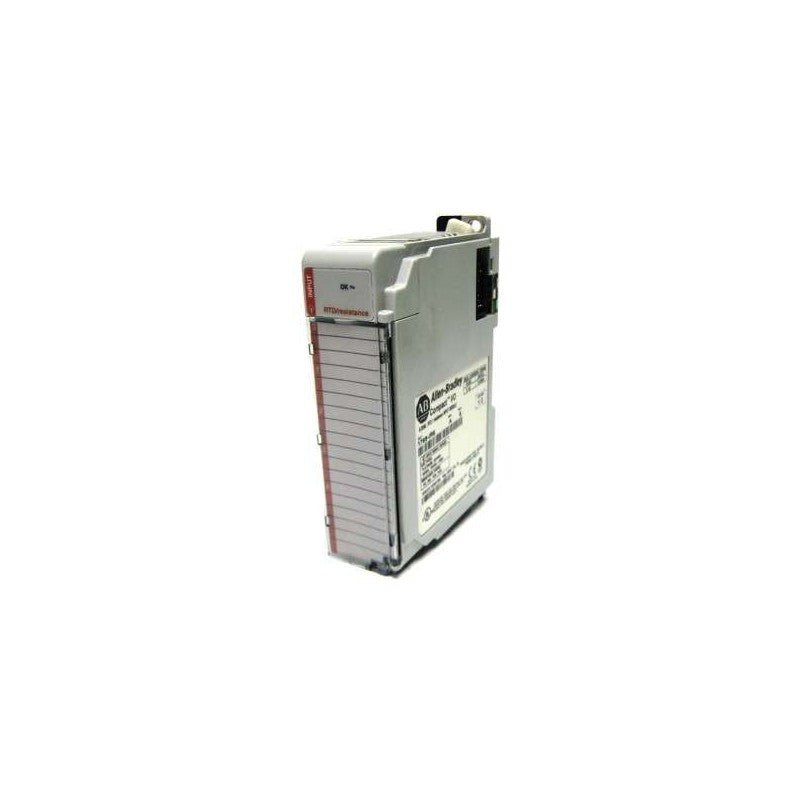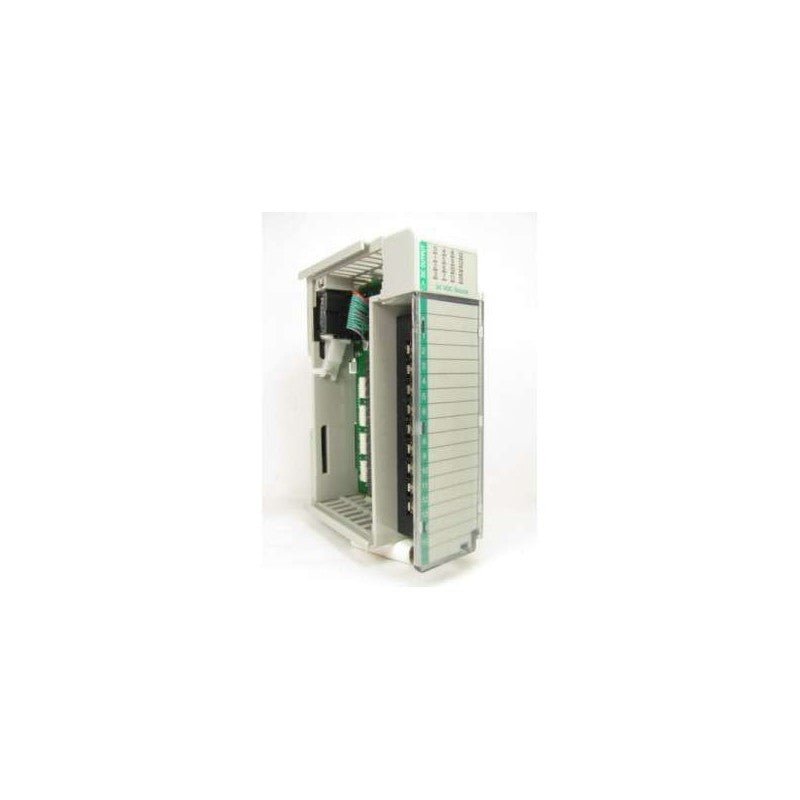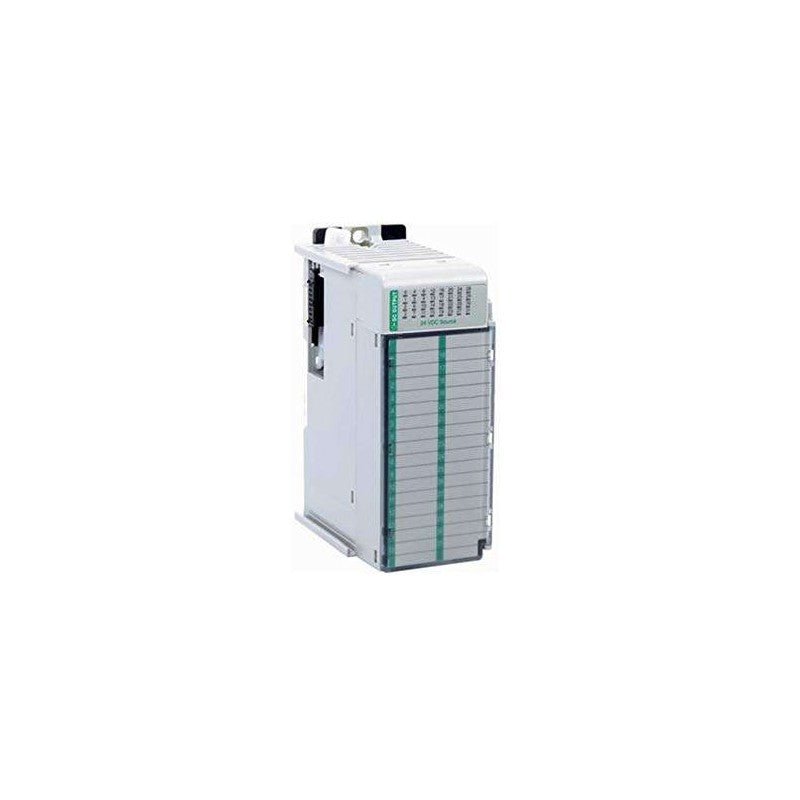1756-IV32 Allen Bradley ControlLogix IO Modules
The 1756-IV32 ControlLogix IO module is a classic that many professionals in the industrial automation space know well. It’s a module that offers plenty of flexibility and has been around for more than a decade, with its first iteration released in 2006. This blog post will take a closer look at what the 1756-IV32 ControlLogix IO module has to offer and how it can be used in various automation applications. We’ll talk about its features and specifications, as well as explore some of the advantages it holds over other legacy systems.
1756-IV32 Allen Bradley ControlLogix IO Modules
-IV32 Allen Bradley ControlLogix IO Modules support 32 channels of digital input and output. Each channel can be individually configured for input or output. The modules provide 24Vdc power to the inputs and outputs, allowing for direct connection of sensors and actuators. The modules also include an LED status indicator for each channel, providing visual indication of the input or output status.
Features and Benefits
IO modules are the interface between the control system and the field devices. They convert signals from digital to analog or vice versa. There are many different types of IO modules available, each with its own unique features and benefits.
Some of the most popular IO modules include:
– Analog input/output (AIO) modules: These modules allow for the conversion of analog signals to digital or vice versa. They are often used for tasks such as monitoring temperature or pressure.
– Digital input/output (DIO) modules: These modules allow for the connection of digital devices such as sensors or solenoids. DIO modules can be used for a variety of tasks such as counting or monitoring the status of a field device.
– High-speed counter (HSC) modules: These modules allow for the connection of high-speed devices such as encoders or tachometers. HSCmodules can be used for tasks such as speed measurement or positioning control.
Specifications
The Allen Bradley ControlLogix IO modules are a series of modules that offer various digital and analog input and output capabilities. There are a total of eight modules in the series, each with different features and capabilities. Here is a breakdown of each module:
-Module 1: 4 channels of digital inputs
-Module 2: 4 channels of digital outputs
-Module 3: 8 channels of analog inputs
-Module 4: 2 channels of analog outputs
-Module 5: 1 channel of high-speed digital input
-Module 6: 1 channel of high-speed digital output
-Module 7: 1 channel of temperature input
-Module 8: 1 channel of relay output
Installation Instructions
1. Installation Instructions
To install an Allen Bradley ControlLogix IO module, follow these steps:
1. Power down the system and disconnect all power sources.
2. Remove the module from its packaging and identify the correct slot for installation.
3. Insert the module into the slot, making sure that it is properly seated.
4. Reconnect all power sources and power up the system.
Maintenance and Troubleshooting
1. Maintenance and Troubleshooting
As with any electrical equipment, it is important to regularly check and maintain your ControlLogix IO modules to ensure optimal performance and longevity. Here are some tips on how to do so:
– Check the module’s status LEDs regularly. They will indicate if there is a problem with the module or its connections.
– If a module is not functioning properly, first check the connections to make sure they are secure. Then, check the module’s manual for troubleshooting tips.
– Keep the modules clean and free of dust or other debris. This can help prevent problems caused by dirt or other foreign objects getting into the module’s circuitry.
– If possible, avoid using harsh chemicals or cleaners near the modules. Some chemicals can damage the sensitive electronic components inside the modules.
Conclusion
In conclusion, the Allen Bradley ControlLogix 1756-IV32 IO Modules are essential components for any industrial control system. As a key part of an integrated system of controllers, these modules enable communication between complex systems and provide reliable data collection. With their ability to interface with other devices, such as sensors and actuators, these modules can be used to create efficient and cost-effective automation solutions. Their versatility also ensures that they can be deployed in any type of industry or application.













Reviews
There are no reviews yet.